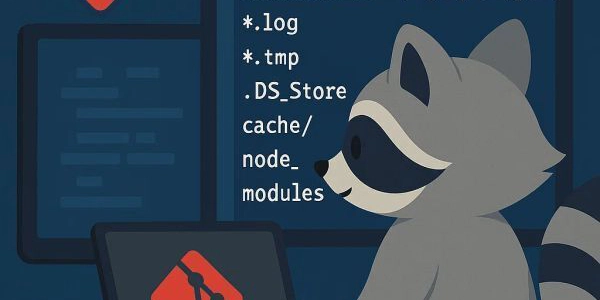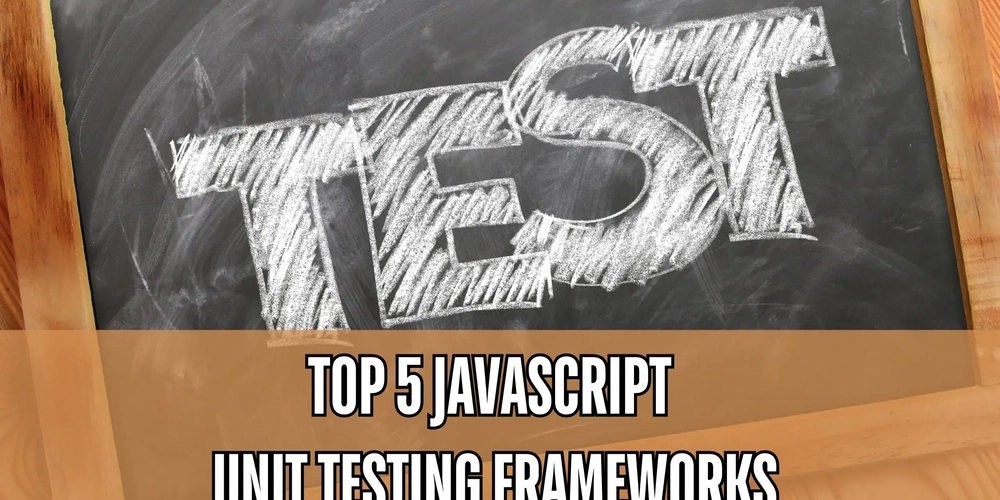Fragment Telegram and TON Blockchain: Revolutionizing Digital Transactions and Communication
Abstract This post explores how Fragment Telegram and the TON Blockchain have combined to redefine digital transactions and secure communications. We delve into their history, core features, and practical use cases and examine both technical challenges and future trends. By integrating blockchain technology with a popular messaging platform, these innovations pave the way for a decentralized, user-centric ecosystem that prioritizes security, low fees, and financial autonomy. This comprehensive overview utilizes in-depth technical analysis and multiple authoritative sources to help developers, blockchain enthusiasts, and everyday users understand the potential of these groundbreaking platforms. Introduction In today’s fast-paced digital era, secure communication coupled with seamless financial transactions is more important than ever. The emergence of Fragment Telegram and the TON Blockchain is pioneering this fusion by integrating transaction functionalities directly into a popular messaging environment. These platforms not only simplify crypto asset management but also enhance security through decentralized and scalable systems. The ideas behind these technologies are rooted in the need for lower transaction fees, privacy protection, and user autonomy—all of which are critical as traditional financial systems continue to face disruption. In this post, we will provide a holistic view of these technologies from their inception to their anticipated future. We will cover definitions, historical context, core features, real-world applications, technical challenges, and potential future innovations, offering insights that are both technical and accessible. Background and Context Blockchain and decentralized technologies have transformed digital finance and communication over the past decade. Initially emerging as alternatives to centralized banking, these systems have evolved to become platforms for secure, peer-to-peer interactions. Fragment Telegram was conceived as a response to the growing demand for secure messaging integrated with efficient crypto transactions. By embedding financial functionality within Telegram—a messaging app celebrated for its privacy and user-friendly interface—Fragment Turbocharges everyday conversations with immediate transaction capability. Simultaneously, the TON (Telegram Open Network) Blockchain was developed to tackle the scalability challenges that traditional blockchains face. Employing advanced consensus mechanisms and dynamic sharding, TON can handle millions of transactions per second. This enables developers to build decentralized applications (dApps) that maintain high throughput, low latency, and robust data security. These developments resonate with broader blockchain trends seen through evolving topics such as blockchain and cryptocurrencies and crowdfunding open source with blockchain. With a focus on decentralization and open-source collaboration, Fragment Telegram and TON Blockchain are at the cutting edge of a digital revolution where communication, privacy, and financial sovereignty converge. Core Concepts and Features The successful blending of messaging and decentralized finance (DeFi) in these platforms is driven by several key features: Seamless Integration with Established Platforms Fragment Telegram sits on Telegram’s popular messaging interface, meaning users do not have to learn a new system to manage crypto transactions. The key benefits include: Ease of Use: Integrating blockchain transactions into a familiar UI minimizes the learning curve. Instant Communication and Transfers: Enjoy a fluid experience that combines voice, text, and digital transactions without switching between apps. Scalable, Decentralized Infrastructure The TON Blockchain solves traditional blockchain bottlenecks using: Dynamic Sharding: The network divides into segments to handle transactions efficiently. Advanced Consensus Mechanisms: These ensure security and data integrity even as transaction loads rise. High Throughput: Supports millions of transactions per second, making it a robust choice for scalable dApps. Enhanced Security and Privacy Both platforms prioritize user data security with: End-to-End Encryption: Protects communications and sensitive transaction details. Decentralized Data Storage: Reduces single points of failure and mitigates risk associated with centralized databases. User-Centric Control: Users retain full control of their digital assets and private information, aligning with modern trends in data sovereignty. Integrated Financial Autonomy Embedding crypto management directly within a messaging app enables users to bypass conventional banking inefficiencies: Low Transaction Fees: Micro-payments become viable due to minimal fee structures. Peer-to-Peer Exchanges: Eliminate third-party intermediaries, offering faster and more cost-effect
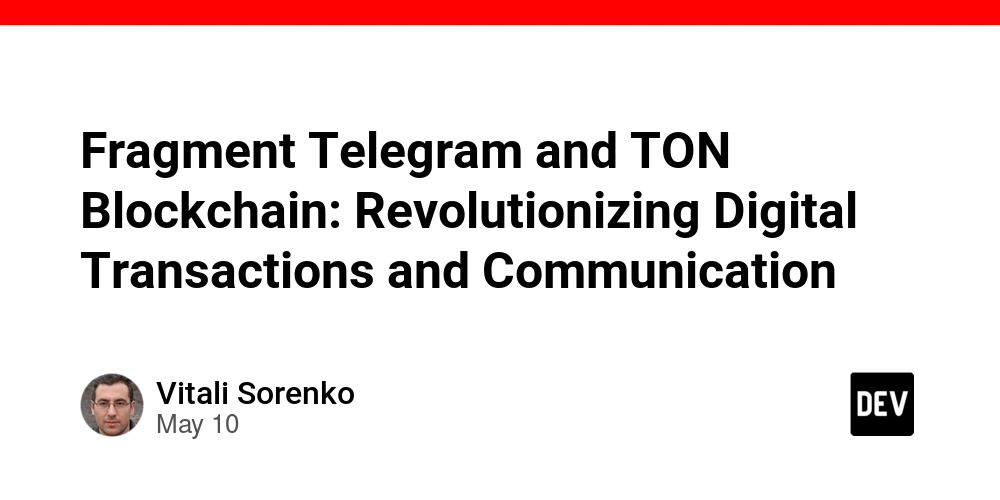
Abstract
This post explores how Fragment Telegram and the TON Blockchain have combined to redefine digital transactions and secure communications. We delve into their history, core features, and practical use cases and examine both technical challenges and future trends. By integrating blockchain technology with a popular messaging platform, these innovations pave the way for a decentralized, user-centric ecosystem that prioritizes security, low fees, and financial autonomy. This comprehensive overview utilizes in-depth technical analysis and multiple authoritative sources to help developers, blockchain enthusiasts, and everyday users understand the potential of these groundbreaking platforms.
Introduction
In today’s fast-paced digital era, secure communication coupled with seamless financial transactions is more important than ever. The emergence of Fragment Telegram and the TON Blockchain is pioneering this fusion by integrating transaction functionalities directly into a popular messaging environment. These platforms not only simplify crypto asset management but also enhance security through decentralized and scalable systems. The ideas behind these technologies are rooted in the need for lower transaction fees, privacy protection, and user autonomy—all of which are critical as traditional financial systems continue to face disruption.
In this post, we will provide a holistic view of these technologies from their inception to their anticipated future. We will cover definitions, historical context, core features, real-world applications, technical challenges, and potential future innovations, offering insights that are both technical and accessible.
Background and Context
Blockchain and decentralized technologies have transformed digital finance and communication over the past decade. Initially emerging as alternatives to centralized banking, these systems have evolved to become platforms for secure, peer-to-peer interactions. Fragment Telegram was conceived as a response to the growing demand for secure messaging integrated with efficient crypto transactions. By embedding financial functionality within Telegram—a messaging app celebrated for its privacy and user-friendly interface—Fragment Turbocharges everyday conversations with immediate transaction capability.
Simultaneously, the TON (Telegram Open Network) Blockchain was developed to tackle the scalability challenges that traditional blockchains face. Employing advanced consensus mechanisms and dynamic sharding, TON can handle millions of transactions per second. This enables developers to build decentralized applications (dApps) that maintain high throughput, low latency, and robust data security.
These developments resonate with broader blockchain trends seen through evolving topics such as blockchain and cryptocurrencies and crowdfunding open source with blockchain. With a focus on decentralization and open-source collaboration, Fragment Telegram and TON Blockchain are at the cutting edge of a digital revolution where communication, privacy, and financial sovereignty converge.
Core Concepts and Features
The successful blending of messaging and decentralized finance (DeFi) in these platforms is driven by several key features:
Seamless Integration with Established Platforms
Fragment Telegram sits on Telegram’s popular messaging interface, meaning users do not have to learn a new system to manage crypto transactions. The key benefits include:
- Ease of Use: Integrating blockchain transactions into a familiar UI minimizes the learning curve.
- Instant Communication and Transfers: Enjoy a fluid experience that combines voice, text, and digital transactions without switching between apps.
Scalable, Decentralized Infrastructure
The TON Blockchain solves traditional blockchain bottlenecks using:
- Dynamic Sharding: The network divides into segments to handle transactions efficiently.
- Advanced Consensus Mechanisms: These ensure security and data integrity even as transaction loads rise.
- High Throughput: Supports millions of transactions per second, making it a robust choice for scalable dApps.
Enhanced Security and Privacy
Both platforms prioritize user data security with:
- End-to-End Encryption: Protects communications and sensitive transaction details.
- Decentralized Data Storage: Reduces single points of failure and mitigates risk associated with centralized databases.
- User-Centric Control: Users retain full control of their digital assets and private information, aligning with modern trends in data sovereignty.
Integrated Financial Autonomy
Embedding crypto management directly within a messaging app enables users to bypass conventional banking inefficiencies:
- Low Transaction Fees: Micro-payments become viable due to minimal fee structures.
- Peer-to-Peer Exchanges: Eliminate third-party intermediaries, offering faster and more cost-effective transactions.
- Multi-Asset Support: Manage diverse portfolios, from major cryptocurrencies like Bitcoin and Ethereum to emerging digital tokens.
Overlapping Concepts with Other Blockchain Innovations
Both Fragment and TON resonate well with innovations in the DeFi space, such as:
- Smart Contracts: Automated agreements that facilitate secure and self-enforcing transactions.
- NFT Marketplaces: Integration of non-fungible token (NFT) capabilities enables creation, transfer, and sale of digitally verifiable assets.
- Open-Source Development: Driven by a community of developers who continuously enhance the platform through transparent and collaborative contributions.
Below is a table summarizing key features of both platforms:
| Feature | Fragment Telegram | TON Blockchain |
|---|---|---|
| Integration | Built into a popular messaging platform (Telegram) | Underpins scalable dApps and decentralized finance |
| Security | End-to-end encryption and decentralized management | Advanced consensus, dynamic sharding for data integrity |
| Scalability | Fast, low-fee transactions in a familiar app | Supports millions of transactions per second |
| Asset Diversity | Supports multiple crypto assets and digital collectibles | Facilitates secure token management and dApp development |
| User Autonomy | Direct control of financial and communication data | Emphasizes decentralization and personal data sovereignty |
Applications and Use Cases
Fragment Telegram and TON Blockchain are not just theoretical innovations but have numerous practical applications that are already transforming everyday and business scenarios.
Personal and Peer-to-Peer Transactions
The simplest yet most transformative use case is enabling peer-to-peer (P2P) transfers directly within a messaging app. This capability allows:
- Micro-Payments: Facilitating everyday transactions like splitting bills or buying small digital goods with minimal fees.
- Instant Remittances: Enabling fast, cost-effective cross-border transfers without relying on traditional banks.
- Confidential Transfers: Leveraging strong encryption to ensure privacy in each transaction.
E-commerce and NFT Marketplaces
Businesses and digital creators can harness these platforms to enhance customer engagement and streamline payment processes:
- Integrated Payment Processing: Retailers can seamlessly process transactions within Telegram without third-party gateways.
- NFT Integration: Artists and collectors benefit from the secure, immutable ledger provided by the TON Blockchain when minting or trading NFTs.
- Crowdfunding Platforms: Non-profits and startups can utilize blockchain-powered fundraising that enhances transparency and global reach. See more about innovative crowdfunding practices here.
Freelance and Gig Economy Solutions
Freelancers enjoy particularly strong advantages due to the rapid settlement and reduced fees provided by decentralized systems:
- Quick Payouts: Receive payments almost instantly, bypassing traditional banking delays.
- Smart Contract Enforcement: Secure agreements and milestone-based releases through smart contracts ensure trust and transparency.
- Reduced Intermediaries: Lower costs associated with eliminating traditional financial middlemen.
Bullet List of Key Use Case Advantages
- Privacy and Security: End-to-end encryption protects sensitive communications.
- Low-Cost Transactions: Reduced fees make micro-payments and frequent transfers economically viable.
- Decentralized Control: Users maintain complete financial and data autonomy.
- Integrated Ecosystem: Combines messaging, payments, NFTs, and smart contracts into one seamless interface.
Challenges and Limitations
Despite all these benefits, several challenges remain that must be addressed for broader mainstream adoption.
Technical Hurdles
- Network Scalability: Although TON’s sharding helps, peak periods may still strain the network's capacity, leading to delays.
- Security Vulnerabilities: Smart contract bugs and potential 51% attacks, while rare, remain concerns that require constant vigilance.
- Interoperability: Connecting with other blockchain networks and traditional financial systems is complex, and standards are still evolving.
Adoption Barriers
- User Education: Many users, especially those new to blockchain, may struggle with technical terms like smart contracts or decentralized applications (dApps).
- Regulatory Uncertainty: With changing global regulations (see ongoing discussions on blockchain regulation), developers and users face an unpredictable environment.
- Market Volatility: Cryptocurrencies are notoriously volatile, which can impact everyday transactions and user confidence.
Open-Source Ecosystem Challenges
- Sustainable Funding: Open-source projects often struggle with long-term funding and consistent developer support.
- Community Governance: While decentralized decision-making is a strength, it can also slow down necessary updates and adaptations.
Future Outlook and Innovations
Looking toward the future, several trends and technological advancements may shape the ongoing evolution of these platforms.
Emerging Trends
- Increased Interoperability: Future solutions will likely connect multiple blockchains, traditional banks, and third-party services seamlessly.
- Enhanced User Experiences: Continued focus on intuitive design and simpler wallet management will encourage broader participation.
- Expanded NFT and DeFi Use Cases: Expect integration with digital collectibles, decentralized lending, and yield optimization tools to become more widespread.
Technological Advancements
- Next-Generation Consensus Protocols: The development of even more energy-efficient consensus mechanisms will lower transaction fees further and improve scalability.
- Advanced Security Measures: Innovations such as zero-knowledge proofs and enhanced encryption will continue to build trust in decentralized systems.
- Regulatory-Ready Frameworks: As regulators become more familiar with blockchain, systems will likely evolve to be inherently compliant without sacrificing decentralization.
Investment and Ecosystem Growth
- Institutional Adoption: Growing regulatory clarity and technological robustness may open doors to institutional investments, further stabilizing the ecosystem.
- Community-Driven Development: Enhanced open-source collaboration and community governance will drive rapid innovation and project sustainability.
Additional Authoritative Resources
For further insights, the following links offer deep dives into related topics:
- Read more about the innovative blend of messaging and blockchain in the original article on Fragment Telegram and TON Blockchain.
- Explore detailed discussions on blockchain and cryptocurrencies and its impact on modern finance.
- For an open-source perspective on funding and project management, crowdfunding open source with blockchain offers a comprehensive guide.
Additionally, insightful discussions on decentralized identity, governance, and open-source funding strategies can be found in several Dev.to posts:
- Understanding Contributor License Agreements – Bridging Legal Protection and Open Source
- Funding and Innovation in Blockchain, Cybersecurity, and Open Source: A Comprehensive Analysis
- Navigating the World of Open Source Funding Strategies: Challenges and Innovative Platforms
Summary
The integration of Fragment Telegram with the TON Blockchain represents a major leap forward in combining secure communication with decentralized, low-fee financial transactions. By embedding crypto functionality directly into a messaging platform, these innovations empower users with a unified interface for managing digital assets, ensuring privacy, and reducing transaction overhead.
While technical challenges such as network scalability, security vulnerabilities, and regulatory uncertainties persist, the robust open-source model and community-driven development provide a promising pathway forward. With evolving consensus mechanisms, enhanced security protocols, and improved interoperability, the future of Fragment Telegram and TON Blockchain appears bright. Their transformative potential is already being realized in personal transfers, e-commerce applications, freelance payments, and emerging DeFi ecosystems.
Developers, entrepreneurs, and everyday users alike are encouraged to explore these platforms, contribute to open-source initiatives, and stay informed about regulatory developments. Embracing this shift towards decentralized communication and finance will not only unlock new business models but also enhance overall digital sovereignty.
As we move further into a decentralized future, the convergence of communication and digital transactions—exemplified by Fragment Telegram and TON Blockchain—stands as a testament to the innovative spirit driving the next generation of technological breakthroughs.
Embrace the future where privacy, security, and financial autonomy converge in a seamless digital ecosystem.
Happy coding and secure transacting!


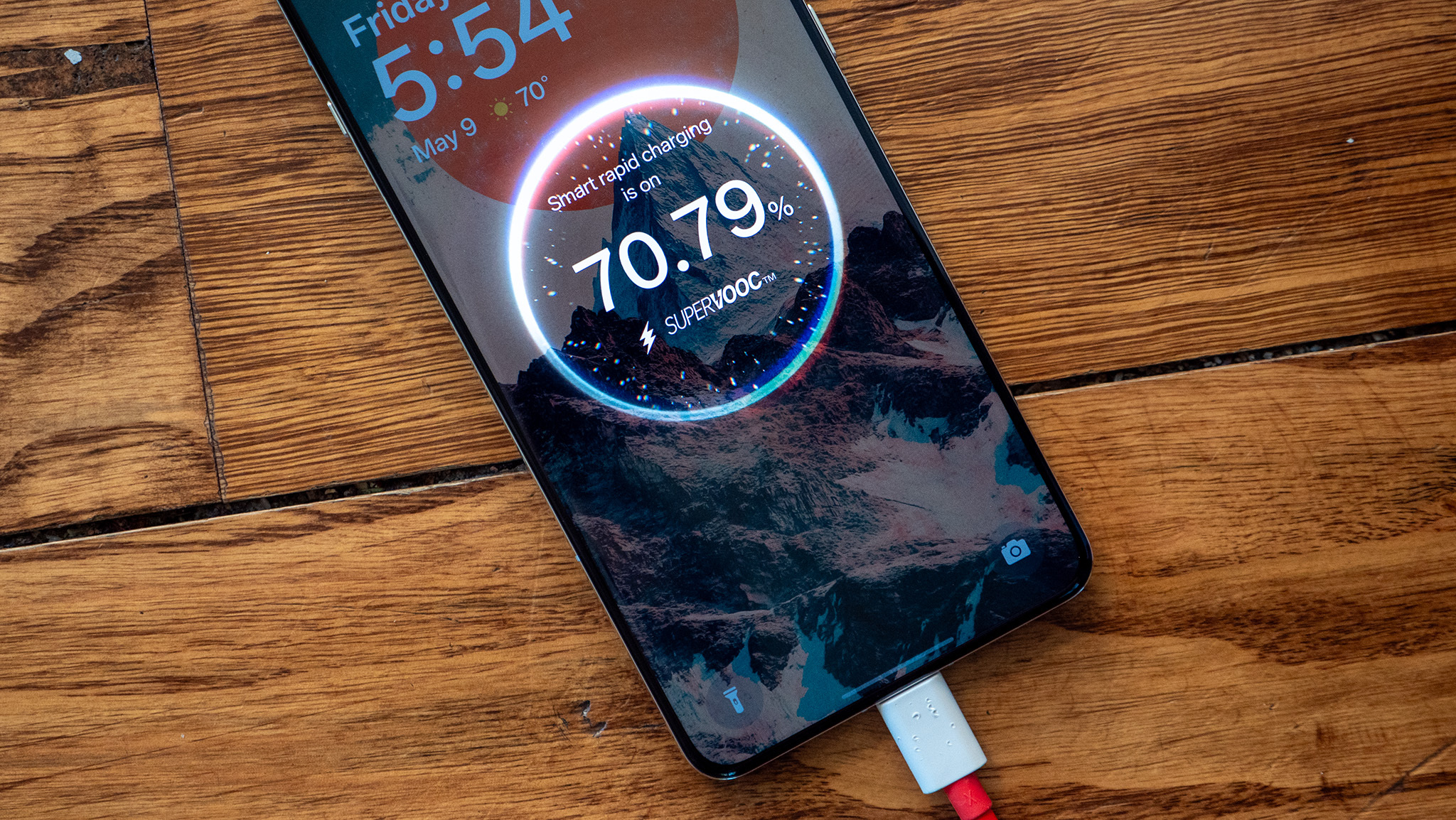

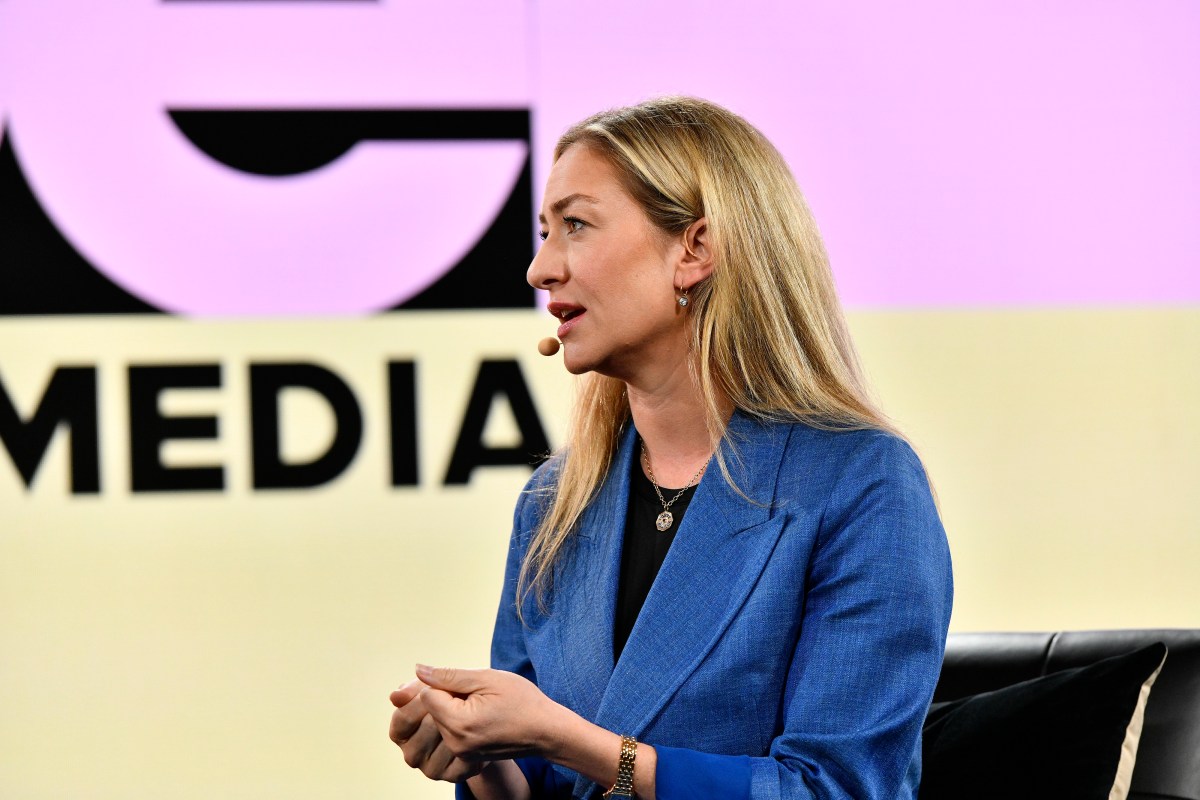



















![[Exclusive] Infinix GT DynaVue: a Prototype that could change everything!](https://www.gizchina.com/wp-content/uploads/images/2025/05/Screen-Shot-2025-05-10-at-16.07.40-PM-copy.png)















































![Beats Studio Buds + On Sale for $99.95 [Lowest Price Ever]](https://www.iclarified.com/images/news/96983/96983/96983-640.jpg)

![New iPad 11 (A16) On Sale for Just $277.78! [Lowest Price Ever]](https://www.iclarified.com/images/news/97273/97273/97273-640.jpg)























-xl.jpg)





















































































































































































































![[The AI Show Episode 146]: Rise of “AI-First” Companies, AI Job Disruption, GPT-4o Update Gets Rolled Back, How Big Consulting Firms Use AI, and Meta AI App](https://www.marketingaiinstitute.com/hubfs/ep%20146%20cover.png)




















































































































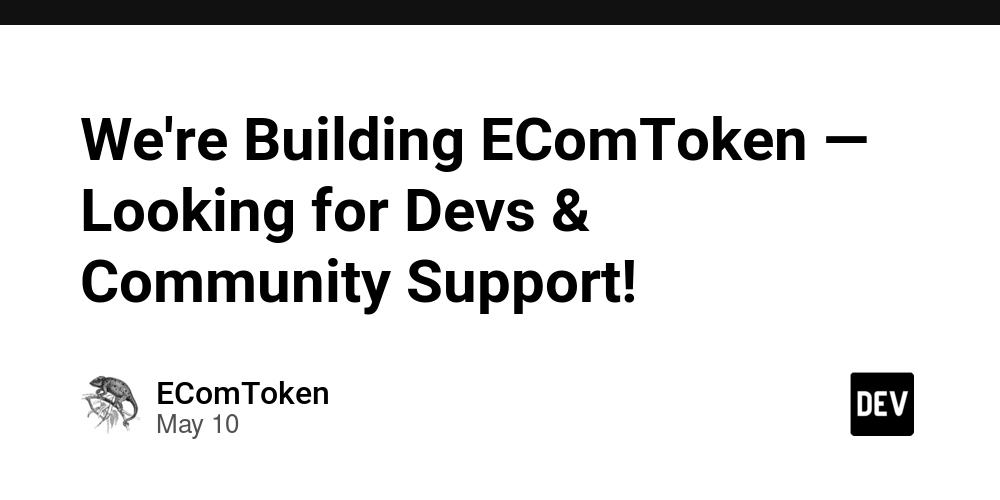











































![Ditching a Microsoft Job to Enter Startup Purgatory with Lonewolf Engineer Sam Crombie [Podcast #171]](https://cdn.hashnode.com/res/hashnode/image/upload/v1746753508177/0cd57f66-fdb0-4972-b285-1443a7db39fc.png?#)


![[FREE EBOOKS] Offensive Security Using Python, Learn Computer Forensics — 2nd edition & Four More Best Selling Titles](https://www.javacodegeeks.com/wp-content/uploads/2012/12/jcg-logo.jpg)

















































































.jpg?width=1920&height=1920&fit=bounds&quality=70&format=jpg&auto=webp#)













